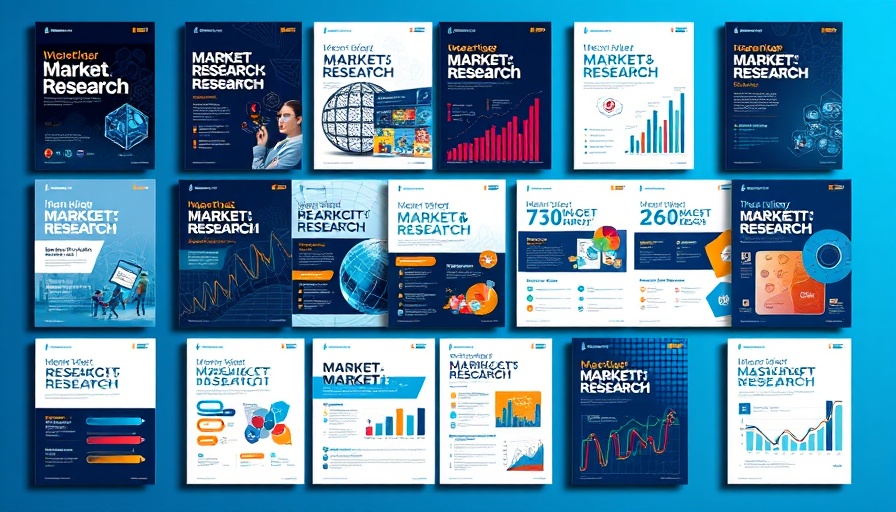
The Curious Test of Authenticity
As our world becomes increasingly dominated by artificial intelligence (AI), one pressing question emerges: how can we differentiate between text written by humans and that generated by sophisticated algorithms? A recent discussion surrounding the implications of AI in writing prompts a deeper analysis of the subtle indicators that can betray AI-generated content. The trick lies within our cultural references.
In 'Spotting AI Text: The Cultural Reference Test', the discussion dives into the nuances of identifying AI-generated writing, exploring key insights that sparked deeper analysis on our end.
Cultural Significance in Writing
When examining an article, the presence of authentic cultural or local references can serve as vital clues. Genuine human authors often weave in detailed observations about local spots, traditions, or even regional slang that uniquely reflects their surroundings. For instance, a seasoned New Yorker might casually mention picking up a bagel at a beloved corner deli, evoking a sense of place and an understanding of the city’s culinary landscape. In contrast, AI tends to default to more generic language, favoring terms that lack this unique flavor.
Observing Nuance and Detail
As writers, we possess a keen sense of our environment. Our understanding shapes our narratives and gives our work a distinctive glow that AI cannot replicate. AI-generated text may sometimes feel oddly neutral or overly sanitized, missing the vibrancy that authentic local experiences provide. By honing in on these discrepancies, anyone can improve their ability to detect AI writing. We must ask ourselves: does this piece feel like it truly knows the local scene? If the answer is doubtful, it may signal that the text was created by an algorithm.
Why This Matters in Today's World
Understanding the crucial differences between human and AI writing goes beyond a mere academic exercise. As we move forward in a world where technology permeates every facet of life, recognizing the potential implications for journalism, marketing, and education is essential. What happens when AI dominates the narrative landscape, devoid of the rich human experiences that inform it? We must champion authentic voices in the face of algorithmic neutrality.
Embracing the Human Element
For those looking to refine their proficiency in spotting the differences, tools like trickmanot.ai offer valuable resources to test one’s skills and better understand AI detection. Leveraging these tools can help us as consumers and creators of content to assess the authenticity of the information that inundates our daily lives, ensuring that the rich tapestry of human experience remains a central narrative in all our communications.
Conclusion: A Call for Authenticity
As we navigate the rapidly changing landscape of technology, maintaining the importance of local nuance and cultural references in writing is paramount. Whether crafting a story or reading one, we must all prioritize authenticity, holding ourselves and our technologies to a standard that values the richness of human experience. As readers, we should actively engage with the content we consume, discerning the voices behind the words and supporting the narratives that celebrate our diverse, lived experiences.
 Add Row
Add Row  Add
Add 












 Add Row
Add Row  Add
Add 

Write A Comment